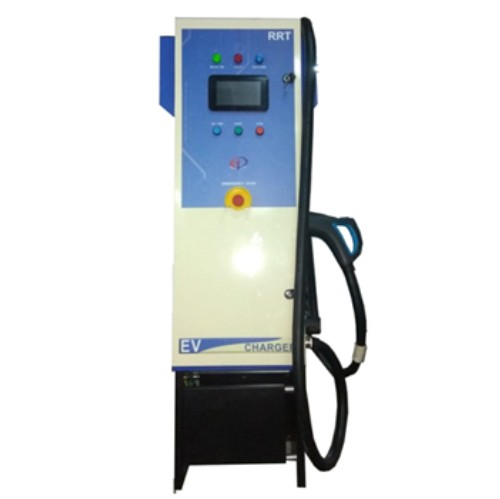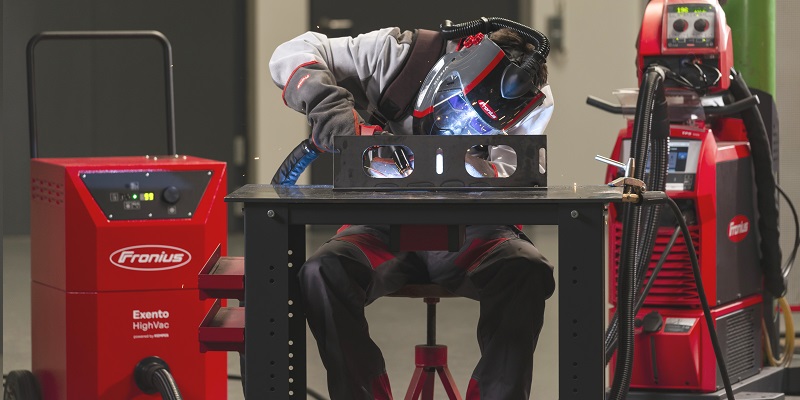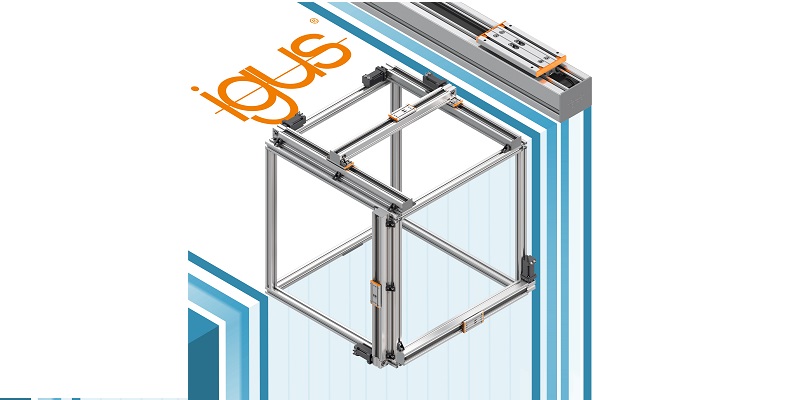Schedule a Call Back
The growth of the Indian EV market
 Interviews
Interviews- Jul 26,24

Related Stories
Skilled workforce: Driving the future of EV manufacturing
An analysis reveals that out of over 30 EV-related job categories, only a third require skills similar to those in the ICE sector.
Read more
Imports of medical device surged in India in fy23-34 to Rs 688.85 billion
This marks a 13% increase, with disposables accounting for nearly 17.6% of the growth.
Read more
The growth of the Indian EV market
The industry has been trying to establish localised supply chains with up to 20-30% component localisation having been achieved mainly for e4Ws.
Read moreRelated Products
Tata Motors unveils facilities for development of Hydrogen propulsion tech
Tata Motors, India?s largest automobile company, unveiled two state-of-the-art & new-age R&D facilities for meeting its mission of offering sustainable mobility solutions. The unveilings constitute of Read more
Tata Motors plans petrol powertrain for Harrier and Safari SUVs
Tata Motors is in the process of developing a new petrol powertrain for its premium sports utility vehicles, the Harrier and Safari, as confirmed by a senior company official. Currently, these models Read more

Electric Vehicle Charger
RRT Electro is engaged in manufacturing of customized Power Electronic Products over two decades having capability to Design, Develop, Prototyping, Regulatory Compliance testing & Certification, Manuf Read more













